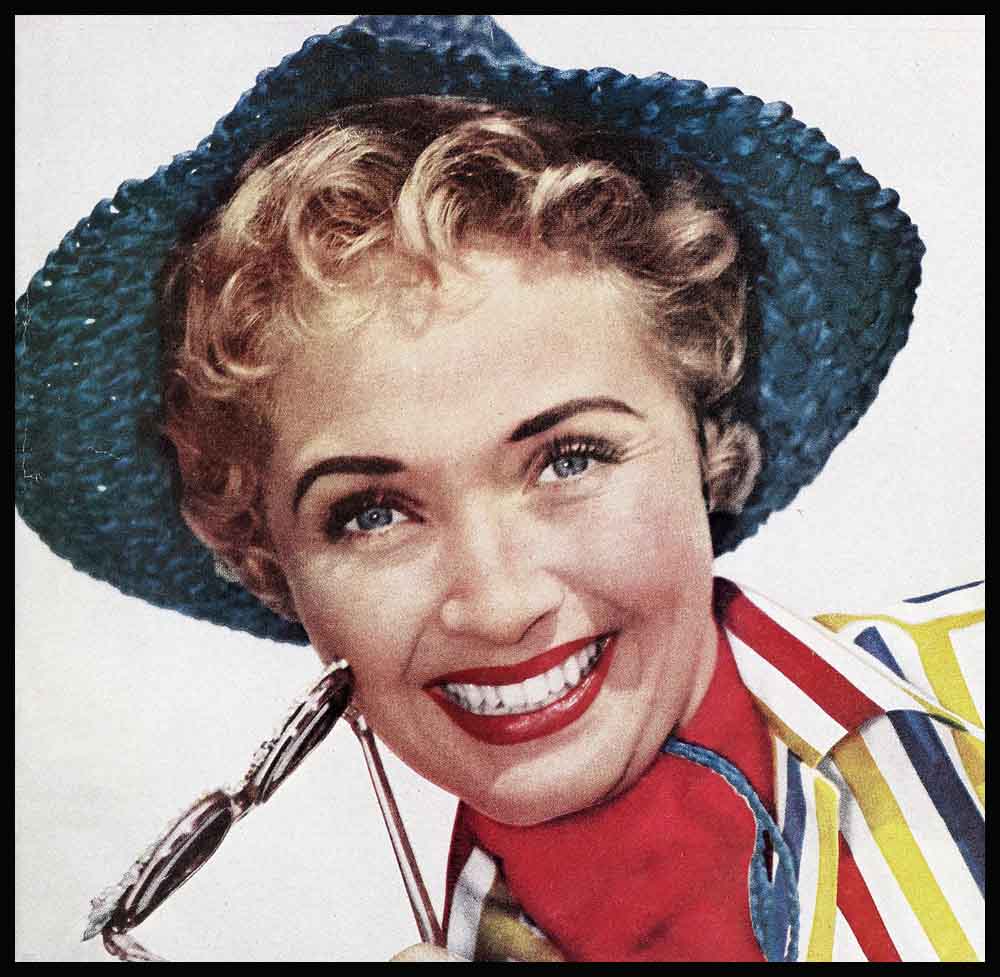
So Happy She Can’t Stand It!
Flying home from a benefit performance in Portland. Oregon, Janie Powell looked down below as the plane neared Hollywood. Somewhere down there, her heart sang, they are waiting for you. Somewhere down there is a house. Just a brown dot on green patchwork from up here in the air but the happy ending to all your dreams.
For Jane Powell today that one brown house represents Mrs. Pat Nerney’s whole world. Inside there lives a man. An exciting man, full-Irish, with red hair and twinkling eyes, and whose “I love you” made life begin for her. There’s a boy. A little boy named Ga (Jay) three and a half, who fearlessly stalks the neighborhood “jungle” of fieldstone and ivy, his little Ramar pith helmet on head and gun in hand, stalking wild game. And there lives Sissy, aged two, a little girl so gay of heart, who lights up the whole world, her mother’s world, when she smiles.
The plane flew out of the clouds into the sun, with Jane Powell’s own heartbeat hurrying along with it. On to her husband and the two little earth angels waiting so lovingly, so anxiously, and so conspiringly.
As the plane landed. Jane looked out the window. Then she looked again. “Oh, no!” she cried aloud. With Pat and Ga and Sissy stood a harp of flowers four feet high, made of blue delphiniums with roses for the base and pale yellow flowers for the strings and flying a banner reading, “Welcome Home, Moms!”
She’d only been gone three days. But three days in Jane Powell’s life today—without these three—is too long. “Oh, no!” She said again, as she ran to meet them, laughing and crying at the same time, and tried valiantly to clasp to heart one handsome redhead, two smaller blond heads and a four-foot-high harp of blue delphiniums.

Jane always cries when she’s happy, and today hers are happy tears. The blue days, all ol them, gone. Today, happiness has come home to Janie to stay. “I’m happier than I ever thought I could be,” Janie says. “I never expected—I never even hoped life would be this good.” Today, she knows love in all the fullness and richness of its meaning. An adult love such as Jane had never before known.
Today is a heavenly thing. And Janie’s living it up joyously. She’s traveling, seeing exciting places that were just names and rhythms and arias to her. Paris, Venice, Rome, Naples, Monte Carlo, Madrid—and recently Haiti. To a girl growing up in motion pictures, a girl married so young, and a mother so soon after, confined by all the demands of growing stardom, these places were once just backdrops on a sound stage. Just sets made of papiermâche. But now they’re coming alive for her.
When she was playing the Copa City club in Miami Beach recently, Pat joined her and, in an adventurous mood, they added the Caribbean tour. And Jane came home with another vaccination. “We’re collecting them,” she laughs. “This trip wasn’t planned at all. It was just an impulse, but trips are much more fun that way. We had no passports or medical certificates with us. So when we came back into the States, we had to be vaccinated all over again.
“We went to Nassau, Haiti and Jamaica,” she sparkles. “We did the usual tourist things. We window-shopped. We sunned on the beaches. And we saw the sights—as much of the islands as we could in the time we had.”
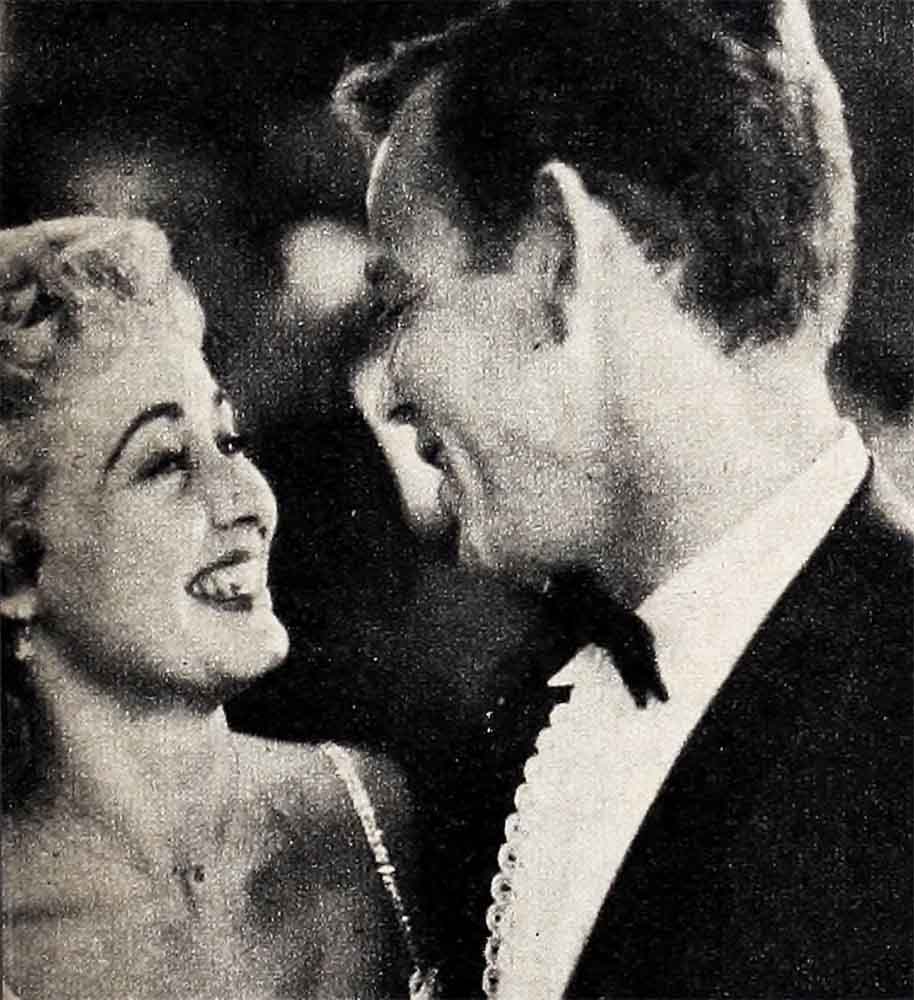
She was enchanted with the quaint Old World flavor, the West İndians with their clipped British accents, riding around the island in the moonlight in the surreys with the fringe on top, the Calypsos and dancing in open-air clubs under star-splashed skies. “The way the women carry all those things in baskets on top of their heads. And the food! We were really impressed with the creole cooking. That’s what impressed us most; we like to eat so much.
“In Jamaica we stayed at Half Moon Bay. It’s very picturesque and romantic, too. The whole hotel—the lobby and dining room—is all open. Just a roof. No sides. In Haiti on Saturday evenings they have Voodoo dances all night, but we couldn’t stay.
“I’d always wanted to go to Haiti. Now I’ve been there. Now I’d like to go to Tahiti and to İndia and China someday. I’ve seen more the last year than I’ve ever seen and been more places than I’ve ever been the rest of my life put together. There’s only one thing—I don’t like to be away from the children for a very long time. We were in Europe a month on our honeymoon, but that’s the longest I’ve ever been away from them.” They brought Sissy and Ga a few “little clothes—and little straw hats—and they love them.” Her own souvenirs? “A big straw hat and a fresh vaccination,” Janie laughs. And, of course, more romantic and exciting memories.
But then, today, even a safari to the sausage counter of the Farmers Market would be exciting for Janie if her husband were along. Ask her what she most admires about him and she says slowly, “His kindness and consideration for others. With Pat, everyone else comes first.” And his wife particularly.

About Pat’s thoughtfulness and attentiveness with Janie, there’s no doubt. As her father says laughingly and approvingly, “Any man who meets his wife with a harp of flowers when she’s only been away three days isn’t going to leave much of anything undone.”
Jane’s father and close friends like Barbara Thompson are sure fate couldn’t have produced a more perfect life-companion than Pat. Pat, who merits so much respect as a successful young dynamo in his own field, is equally appreciative of Jane’s, and he shares her own deep devotion to home and family. As Barbara says, “Janie’s a homebody and Pat’s a family man. He’s so attentive and thoughtful, so interested in everything about her. And theirs is an intellectual meeting, too.” Pat openly adores her. As he puts it, “Janie’s the living end!”
He shares her own appreciation for music, too—his wife’s, particularly. His vast and valuable record collection includes every record Jane’s ever made, and they’re the most worn. His fabulous art collection now graces—and elegantly—every room in their house. He has many works of Paul Clemens, a Picasso, an original Renoir, to name a few—and now an original by Mrs. Nerney as well. Recently Pat came home with a complete painting outfit for Janie, setting the easel up in their blue and silver bedroom. And she’s just finished her first subject, “Rag Doll Sitting in a Chair,” which is little short of a Renoir admittedly, but in her husband’s eyes it’s also irreplaceable.
Having previously been married to Mona Freeman, Pat understands the demands of a motion-picture career. There’s no problem here. Furthermore, as a successful automobile dealer, he’s well acquainted with most everybody in her profession. “He knew all my friends when we married. Most of Pat’s friends are in the motion-picture industry, too. He’s very interested in my career; he’s really interested in everything I do,” Janie says happily. Does he have a favorite role that you’ve played? A favorite song? “Well, he seems to like them all,” she laughs.
Far from objecting to her career, her husband is Jane’s most enthusiastic and enchanted audience. He joins her during her engagements whenever he can get away, and he’s out front every performance. “Pat stays backstage with her until Janie goes on. Then he rushes out front and takes a seat ringside, just as close as he can get to her. He’d be on-stage with her if he could,” a musician friend says kiddingly. Janie welcomes her current engagement at the Desert Inn in Las Vegas because it’s so close to home, and Pat can commute back and forth from time to time.
It’s quite clear that husband Pat Nerney is, in fact as well as name, real head of this magic household. “Pat has a strong mind of his own,” exclaims Jane. “He makes all of the major decisions in his definite way—sometimes the minor ones, too!”

Nobody was more proud of Jane’s smash success in helping raise $11,500 for the Portland Symphony Orchestra than her own husband And Pat was an enthusiastic ally in all her plans. One evening Janie and her father, who was accompanying her back to the home town, were going over some of the arrangements for her three-day stay, when Pat said interestedly, “Honey, what are you going to wear?”
“I don’t know,” Jane said thoughtfully. “I haven’t decided yet.”
“I think you should wear something young, the way people back home remember you,” her father suggested.
“I think you should knock them dead!” Pat said.
Little more was said about it then, but her dad wasn’t surprised when his daughter wore a glamorous red gown and knocked them dead. “I knew she’d do what her husband said,” he laughs.
Pat takes tremendous pride in the fact that Jane’s one of Hollywood’s most smartly dressed stars. She’s a very chic young woman today. She attends fashion shows with paper in hand, whips out her pencil and sketches like mad, then huddles with her dressmaker for any ramifications needed. One evening recently Pat came home with a hatbox in arm. He’d stopped by Rex’s and picked up a smart black disc sailor he felt would be becoming to her. Janie’s never had very much good jewelry, but Pat’s taking care of that department, too, with gifts that reflect his own f excellent taste and his pride in her.
For her birthday, Pat surprised her with a camel’s hair coat. “I’d always wanted a good-looking polo coat,” Janie says. “I don’t know how he knew, but somehow he always does.” They celebrated Jane’s first birthday since their marriage dining quietly at Scandia, one of their favorite restaurants. “We were very quiet. That’s the way I wanted it. We’d been on the go so much and I was leaving again for my trip to Portland.” It was a very balmy evening, Jane was swathed in a voluminous polo coat. In accordance with Pat’s instructions, there was a pink and white cake, but the management dispensed with the usual accompanying serenade. It was fairly obvious Mr, and Mrs. Nerney had eyes and ears only for each other.
For all the fact that Jane Powell is one of Metro-Goldwyn-Mayer’s biggest box-office attractions, for all the thunder of applause, her favorite role today is wife and mother. More satisfying than any spotlight to Janie is the admiration she sees in her own husband’s eye.
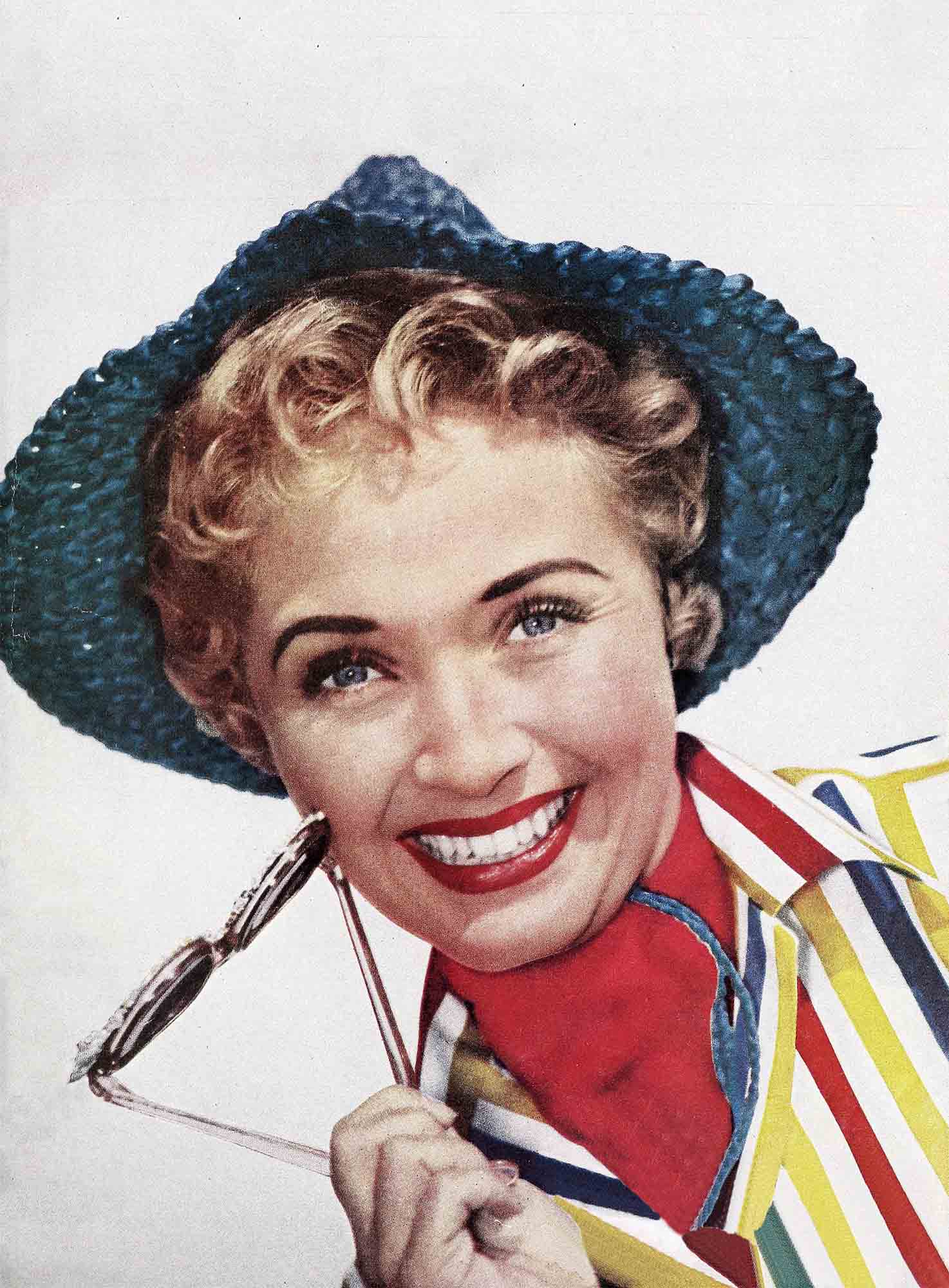
Her friend Barbara, anxious to hear all the exciting news of her first trip to Paris, couldn’t resist calling Jane the first day back from her European honeymoon. The phone rang and rang. Finally a breathless Janie answered. “I had to take the cookies out,” she explained.
“What?” cried Barbara. “She baked six dozen cookies her first day home from her honeymoon,” Barbara says admiringly. “But that’s Janie.”
Let others collect only French originals at the couturier’s. Jane collected the French chefs’ recipes, too. And, true to type, her husband is her most satisfied customer. “Well, he just enjoys eating. He seems to enjoy anything I fix,” Janie says modestly. Also, her husband’s is a prejudiced palate. The only room in their home which is still unfurnished is the dining room. “But this has to be particularly perfect,” Janie adds seriously.
The Nerneys’ is a comparatively modest four-bedroom modern home in the Pacific Palisades. They have next door neighbors in all directions. Their house is one of many other California moderns in a new section which was once the Riviera Polo Field, a neighborhood now bristling with television serials and geared to the melodious shouts of happy children and to very thick traffic in bikes.
Janie supervised all the interior decoration and achieved a long-time dream of having a living room done in the Siamese colors of her late and beloved cat, Demitasse. “They’re so striking and beautiful together,” Janie would say. “Beige and black and turquoise.” Her present living room carries out Demi’s coloring, with it’s pale cocoa walls, black, beige, brown and gold textured upholstery. It is striking and beautiful.
Jane redecorated the bedroom, using an elegant combination of silver and Pat’s favorite hyacinth blue. The walls and rugs are pale blue, and the headboard of their king-sized bed bears a band of silver four inches wide. Even the doorknobs are silver. Pat found those.
The Nerneys have no immediate plans for buying a larger house or for building. “We’re very happy here for a while,” Janie says. “We’re not thinking of that for the moment. Not for a couple of years anyway.”
Their household presently includes only a nurse to take care of the children, Jane does all the cooking and the baking, She also does the serving for the small informal dinners the Nerneys give, usually for twelve guests. But Jane prepares and serves dinners for thirty, too.
Jane also does all her own shopping. She and Barbara usually meet at the Brent-wood Market, pursue the bargains of the day and feed coins into the two mechanical horses out front while the children ride. They have family outings together, occasionally leading the brood into a station wagon and heading for a beach picnic Jane and Marshall Thompson, Barbara’s husband, are both fresh-air devotees. They’d like both families to take sleeping bags and camp out overnight, but so far they’ve just discussed it.
Pat shares all Jane’s plans and interest in their home and in the most minute problems affecting any member of the family. Including Jane’s momentary concern about a new dress she’d bought for Sissy for a very special occasion. “It’s a little too large for her. I’ve got to go change it, but I want to wait until Pat’s free and can go with me and help pick it out.”
As would be expected, he’s a wonderful father, too. Does he make the children mind? “Well, he doesn’t let them get away with much of anything.” He’s “Poppy” to Jane’s two, and Pat’s adorable daughter, Monie, 7, calls Janie “Moms.” “Monie just went home today. She’s been spending a week here, and she always stays with us on weekends,” Jane says affectionately.
Sissy, 2, is a miniature edition of her mother—and the comedienne and joy of the whole group. “Everything Sissy does is funny,” says Barbara Thompson, god mother to Ga. “She kills us. She eats until it’s coming out of her ears, and she’s so tiny nobody can imagine where she’s putting it. She’s such a gay little thing. A real joy. There’s not a crying bone in her body. If she falls down, she picks herself up smiling.”
And she falls down frequently, shadowing her brother, Ga, which isn’t always easy to do. Ga’s the actor of the family His is a kingdom of speedy space ships and “Ramar of the Jungle” outfits. He’s a feverish tv fan, and his roles change ac cordingly. One day he’s all cowboy. The next Superman. Then out come the shorts and the pith helmet and the Ramar gun for a neighborhood safari with Sissy bringing up an excited rear.
Jane’s travel plans for the future include them. “We’d like to go to Tokyo someday. And we’d like to take the children motoring through Europe. But that will have to wait until they’re three or four years older.”
She’s determined, too, that her career will never in any way infringe on their lives as individuals or upon their combined happiness. Janie didn’t go to the studio the day after she got back from her three days in Portland, and she turned down all appointments. “It’s my first day home and I’m going to spend it with my husband and children,” she explained—and with a four-foot-high harp of blue delphiniums.
Of life, Jane asks only to keep today’s happiness forever hers. “I’m not making many plans. I’m too busy living. have so much now. So much more than I ever dreamed I would have.”
“This,” she sighs, “is the living end.”
It’s also the living beginning—with nothing but blue skies ahead.
THE END
It is a quote. PHOTOPLAY MAGAZINE JULY 1955


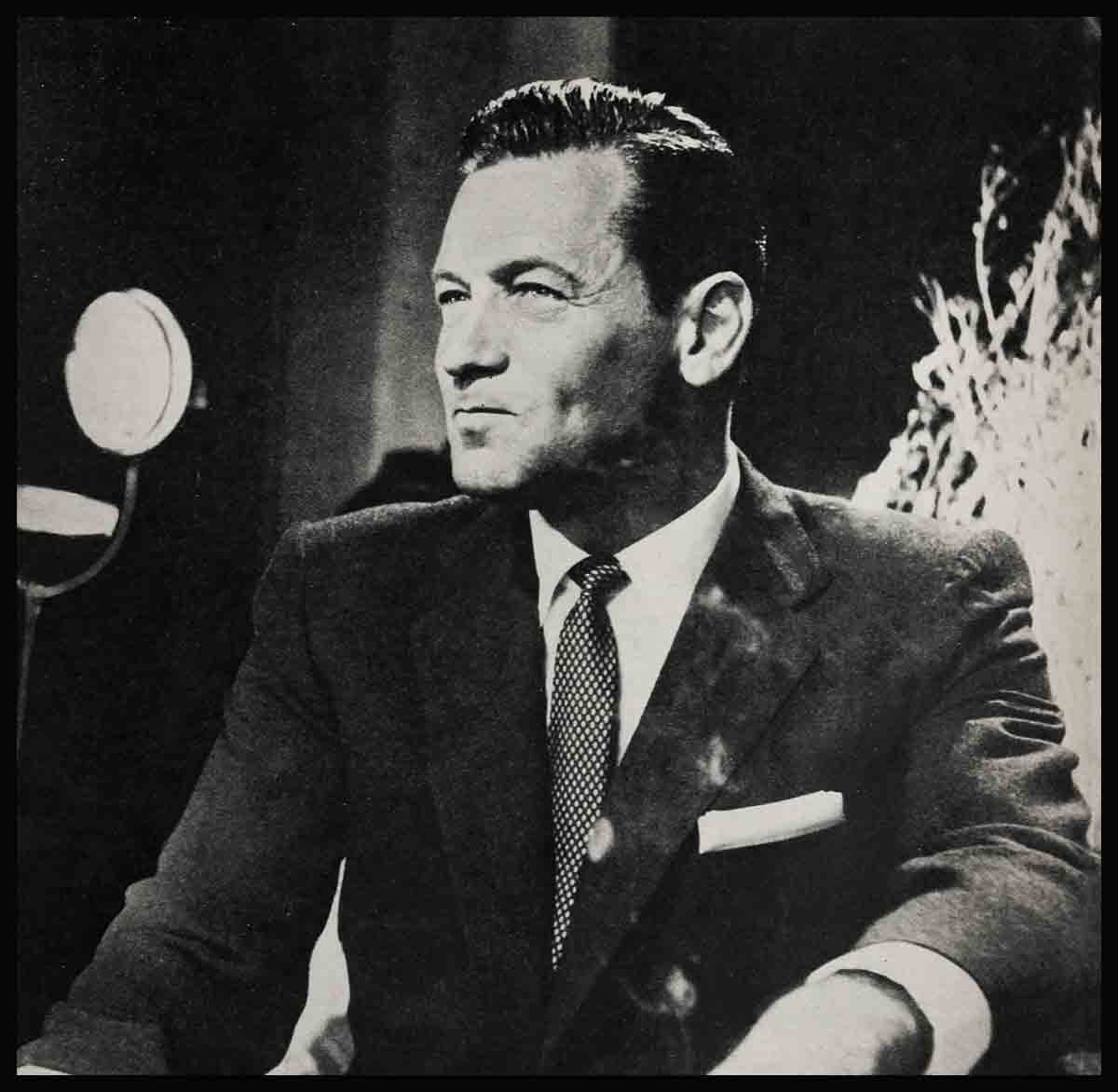
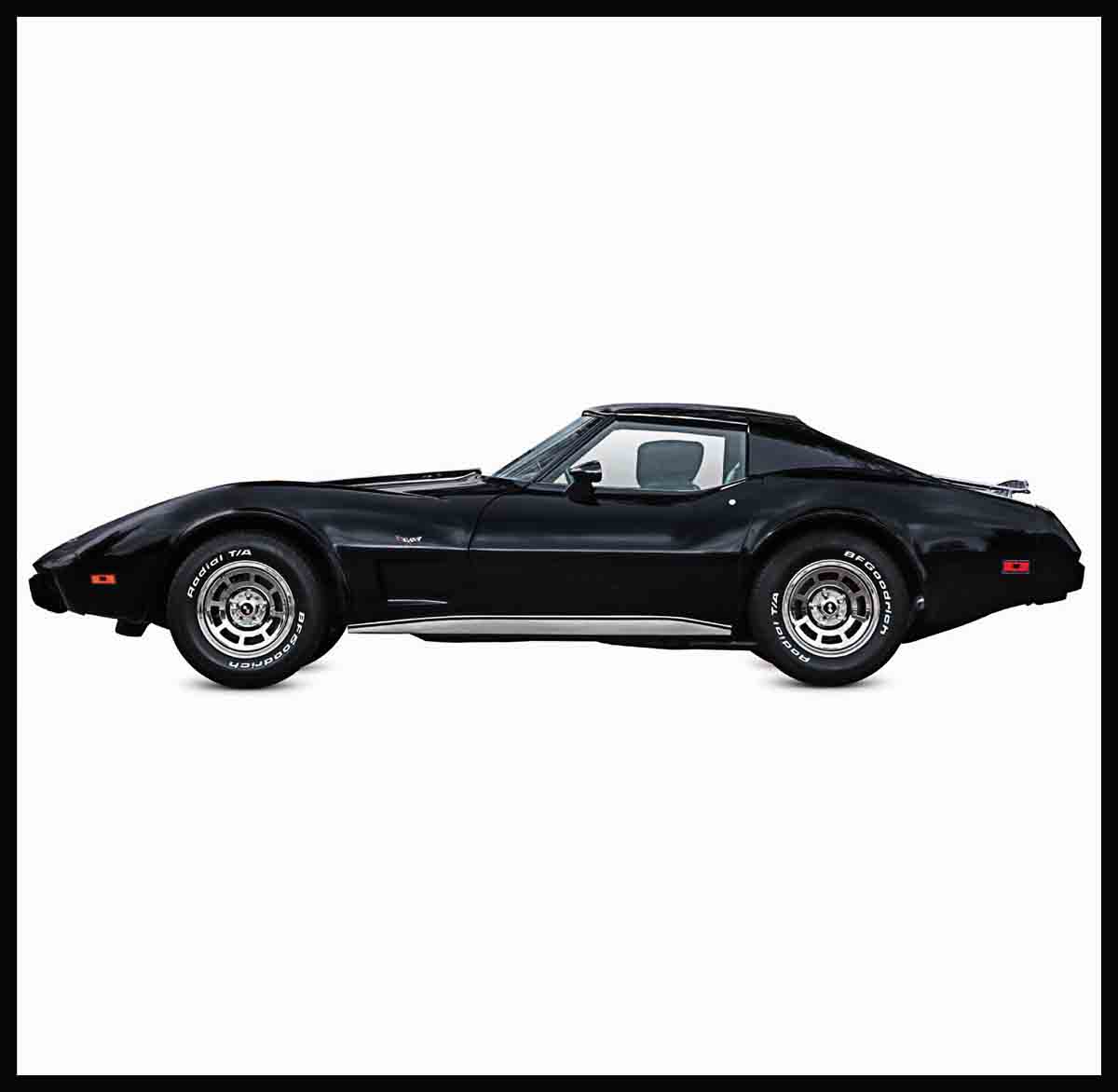
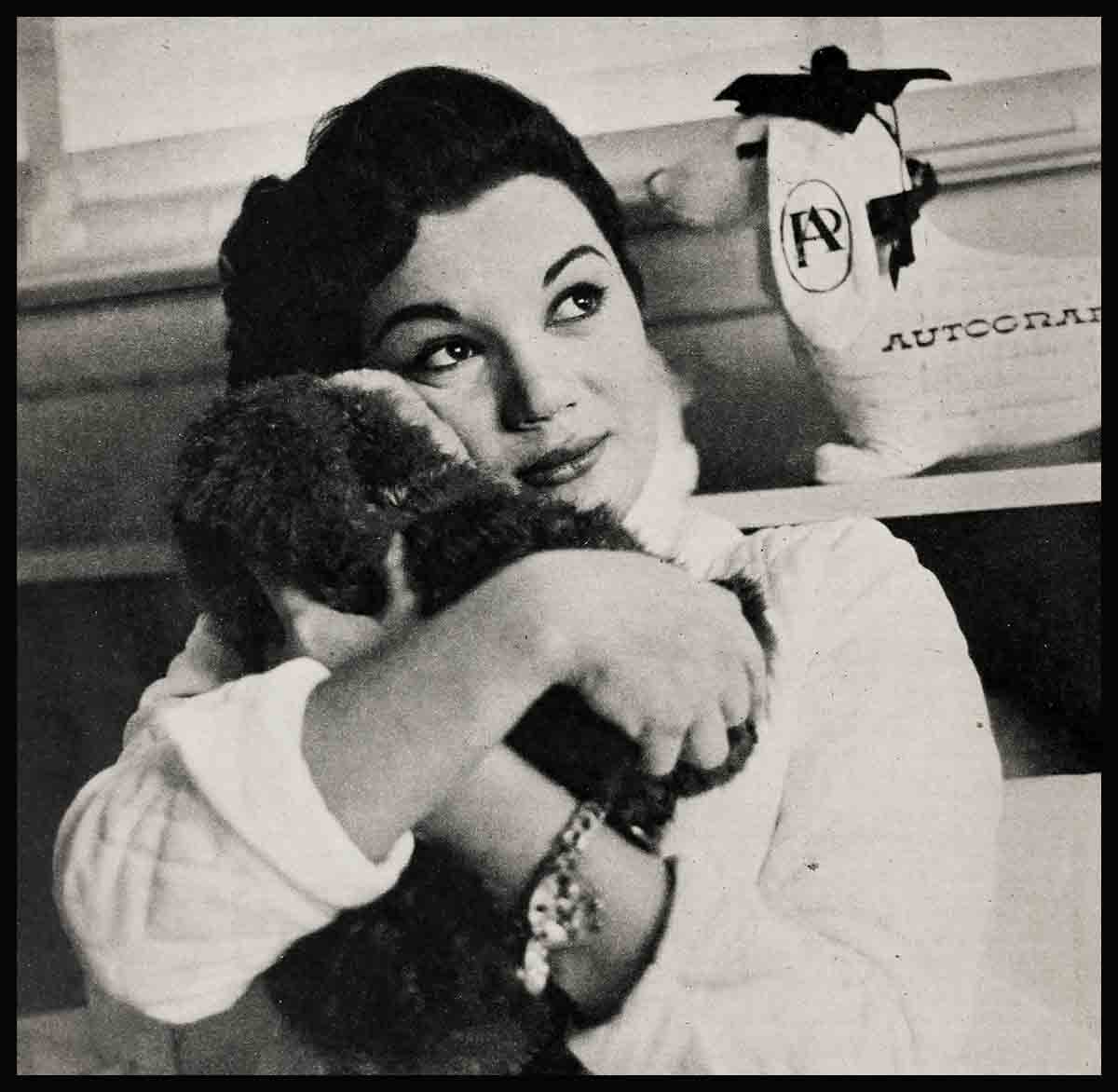
No Comments